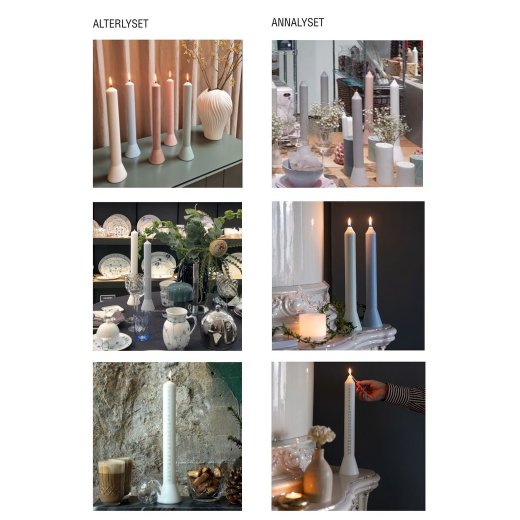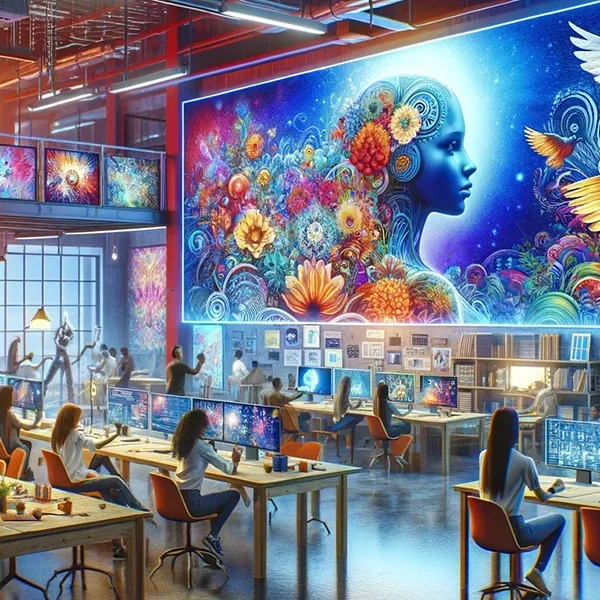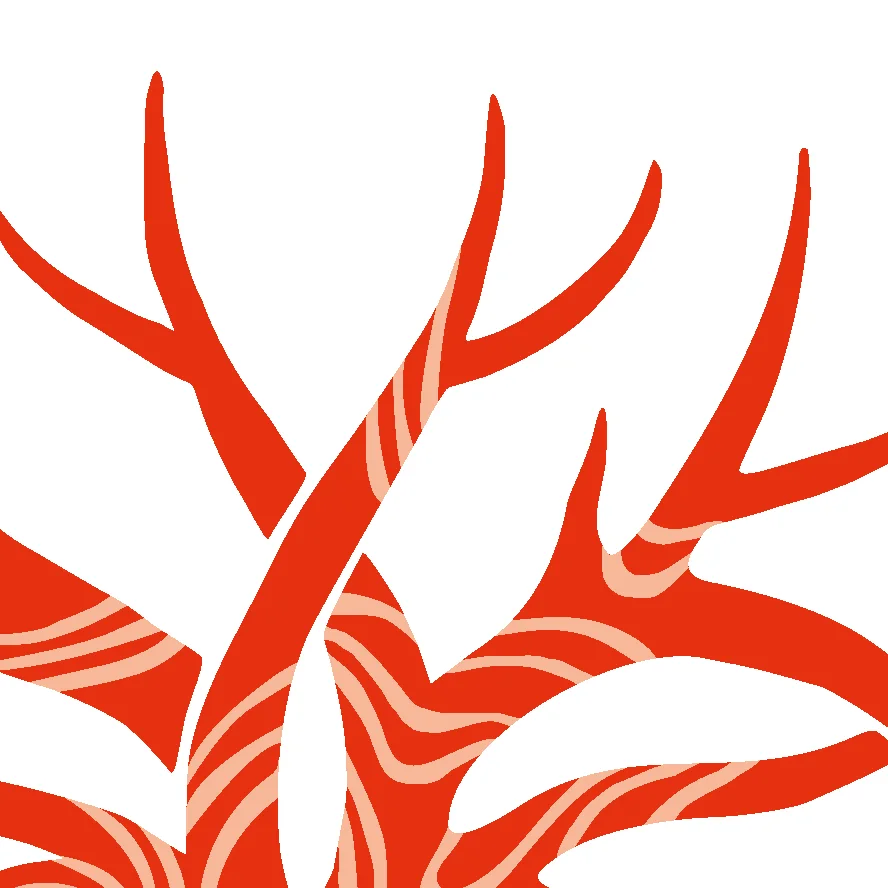Fostering Sustainable Innovation in Large Organizations: A Multifaceted Approach

Innovation is not a department; it's a culture. For years, large organizations have grappled with the challenge of sustaining innovation. While some have succeeded, others have found it difficult to move beyond the traditional structures that inhibit creativity. This article delves into the complexities of fostering innovation within large organizations, drawing from theoretical frameworks and real-world experiences to offer a multifaceted approach to sustainable innovation.
by Michael McKay, 25.10.2023
Theoretical Framework: Fons Trompenaars’ Cultural Matrix
Fons Trompenaars, a Dutch Business Anthropologist, offers a compelling framework to understand the cultural dynamics within organizations. He identifies four types of cultures that co-exist in large organizations:
- Greenhouse Culture: Characterized by a focus on the process and low power distance, this culture is the birthplace of new ideas. It’s where the art of invention thrives.
- Family Culture: This culture is driven by strong leaders who take these raw ideas and give them direction. It’s characterized by a focus on outcomes and high power distance.
- Guided Missile Culture: Similar to the Greenhouse but more outcome-oriented. It’s where projects are executed with precision, guided by KPIs and deadlines
- Eiffel Tower Culture: This is the mature stage, where the organization has grown large and systematic, focusing on goals and maintaining high power distance.

Understanding these cultures is the first step in fostering a sustainable innovation ecosystem within an organization.
Real-world Examples: The Nokia Experience
During my tenure at Nokia, I led a Greenhouse studio called Studio XF, which stood for cross-functional. This culture was distinct from the predominant project culture at the Copenhagen R&D site. We had to shield our Greenhouse from both the Family and the Guided Missile cultures to maintain our innovative spirit.
The Family culture, represented by product leaders, would often visit our Greenhouse to grasp new ideas. Their role was to make sense of our chaotic energy and align it with the strategic direction of the business. On the other hand, the Guided Missile culture, mostly engineers and technicians, focused on executing these ideas into real-world products.
Interconnections for Sustainable Innovation
The key to sustainable innovation lies in the interconnections between these cultures. Here’s how they interact:
- Family and Greenhouse: The Family culture needs to have good access to the Greenhouse to understand the needs and aspirations of the business. They should focus on discussing problems rather than dictating solutions to maintain the creative spirit of the Greenhouse.
- Family and Guided Missile: Once the Family has aligned the Greenhouse’s ideas with the business strategy, they initiate development efforts within the Guided Missile culture. Continuous focus is needed to ensure the product remains relevant through its development phase.
- Greenhouse and Family/Guided Missile: Greenhouse members should be open to interactions with the Family and Guided Missile cultures. This openness can be facilitated through regular “show and tell” events, where ideas and projects are shared across the organization.
By understanding these interconnections, organizations can build a sustainable innovation culture. It’s not about creating a monoculture but allowing subcultures to thrive and co-exist, with prescribed interfaces that feed the innovation stream across the company.
Conclusion and Future Outlook
Innovation is a complex, multifaceted endeavor that requires a nuanced approach. The theoretical framework provided by Fons Trompenaars offers valuable insights into the cultural dynamics that play a crucial role in fostering innovation. Coupled with real-world experiences, this framework can serve as a blueprint for large organizations aiming to build a sustainable innovation ecosystem.
As organizations evolve, so should their approach to innovation. The future lies in embracing this complexity and fostering a culture where different subcultures not only co-exist but thrive in symbiosis, driving sustainable innovation for years to come.
Facts
Michael McKay has an impressive back catalogue of successfully introducing User Driven Innovation and co-creation cultures in large size organizations like Amazon and Paypal among others.
In a series of articles Michael McKay writes about how companies can utilize the potential of design.



